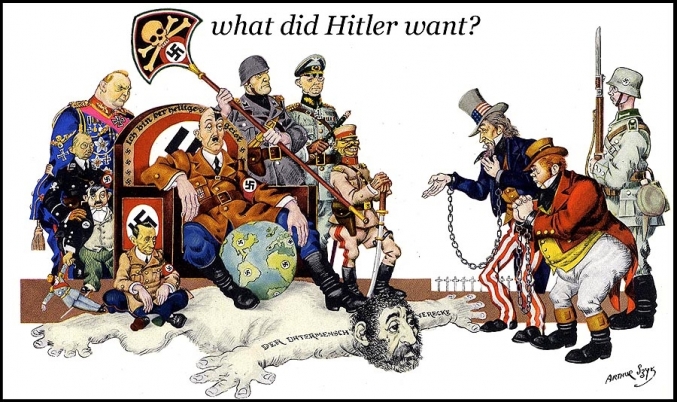World War Two - Home Front
Additional home front articles can be read here. 
There were many varieties of posters to be found on the American home front of W.W. II - most depicting sweaty barrel-chested young men. Yet in the factories another type was prevalent, these were the ones that showed the non-heroic faces of the average American worker. Below these images would be found simple quotes declaring their unique patriotic reasons for laboring on the production lines. This article recalls who dreamed them up and how popular they were. By the time this historic piece was written, thousands upon thousands of Western Union casualty telegrams had been delivered to altogether too many American households. This article lucidly explains how they should be delivered and how they shouldn't be delivered. Recognizing the solemnity of the task, the men who passed the news along were often older men, who had tasted some of life's bitterness:
"One mother, receiving the news that her son was dead, crushed the paper in her hand and looking beyond the messenger, said, 'If it hadn't been my son, it would have been some other mother's'". This illustrated article appeared in Yank during March of 1945 and explained fully what fabric rationing was and how the American home front fashion consumer was affected: "The absence of cuffs and vests aside, pre-war styles in men's clothing are still obtainable. A man can get plaids, stripes, herringbones and all sorts of weaves in brown, blue, gray and all the various pastel shades. ...Women generally have had to make great changes in their dressing habits. In the first place the shortage of rubber has raised hell with the girdle, or foundation garment.".
Click here to read more about fashion on the W.W. II home front...
Read a 1940s fashion article about fabric restrictions and the War Production Board.
"The candy-makers of the nation are not having a such a sweet time of it, for, like most other manufacturers, they are bothered by scarcities of labor and materials and so must cut corners and find substitutes."
The article goes on to point out that the sugar that was available was largely devoted to military personnel (18 pounds a year); as a result of this candy rationing, movie-goers were introduced to popcorn as a substitute (you can read about that here).
|
MORE ARTICLES >>> PAGE: * 1 * 2 * 3 * 4 * 5 * 6 * 7 * 8 * 9 * 10 * 11 * 12 * 13 * 14 * > NEXT |
|